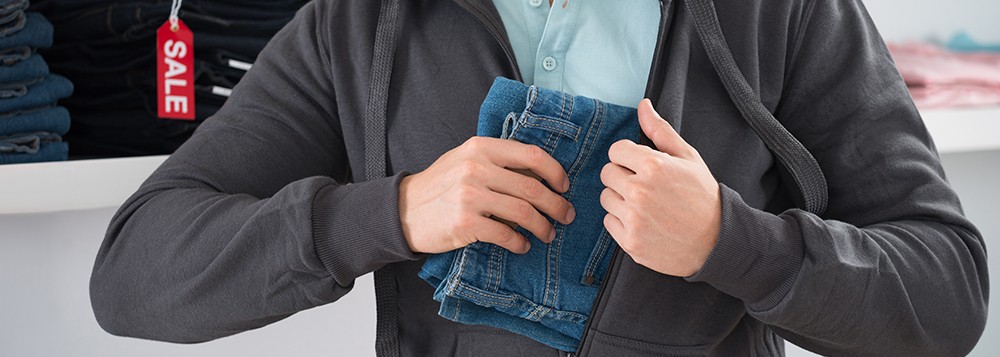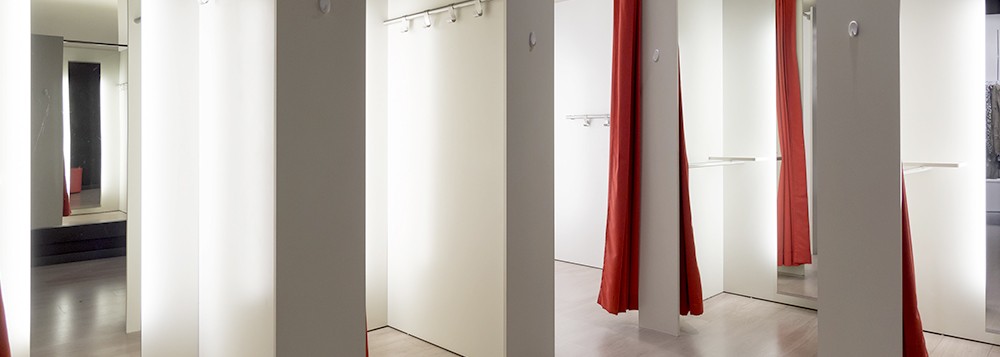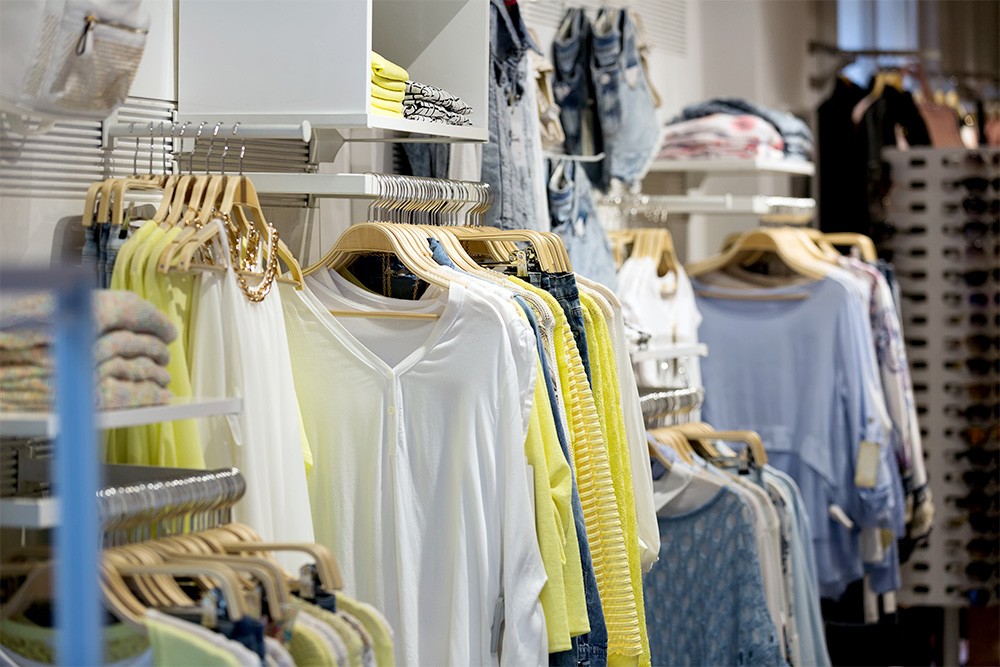When it comes to shoplifting, apparel specialist retailers are among the most targeted verticals in US retail, currently ranking second only to pharmacies when it comes to theft.
What’s more the trend has risen in recent years, with dishonest employees and shoplifting the major contributors to apparel loss.
So, if you’re a retailer selling fashion or its associated accessories, how do you best protect items against theft?
The cold hard facts
Apparel retailers outrank nearly all other verticals when it comes to loss, with an annual shrink rate of 1.98 per cent of sales.
That’s just behind of pharmacies at 2.25 per cent, but ahead of electronics retailers (1.9 per cent), department stores (1.8 per cent), supermarkets (1.35 per cent), traditional toys and games (1.31 per cent), discounters (1.28 per cent), and sports goods retailers (1.21 per cent).
It’s also above the general average for the retail industry as a whole, which sits at 1.97 per cent loss. Meanwhile, the most recent statistics also indicate the trend is rising, with dishonest employees followed by shoplifting accounting for the majority of shrink.
In fact, apparel is one of the verticals where employee theft is the prime cause of loss, contributing to 44 per cent of shrink, while shoplifting accounts for 41 per cent. Vendor fraud adds another four per cent, while administrative error contributes 12 per cent.
Commonly stolen apparel items

In terms of what’s stolen in the apparel sector, footwear ranks as the number one item in the US, ahead of sports-related clothing, fashion accessories, sunglasses, and jewelry.
To help protect these items, here’s a rundown of the most effective product-based security measures available.
Protecting apparel, jewelry and accessories
By far the most prevalent and effective way of preventing apparel theft is by using Electronic Article Surveillance comprising antenna, hard security tags, and labels.
Meanwhile, there are specific attachment methods and even purpose-designed tags to accommodate a number of frequently stolen apparel items.
Footwear
Both is the US and globally, footwear is the number one stolen fashion item.
Protecting footwear involves the use of hard tags, but the way in which they are attached varies depending on the materials used in the product.
Hard tags with pins are suitable for shoes made of fabric, like sneakers, while leather shoes are better protected using tags with lanyards or cables so the pin does not have to go through the product.
In discount shoe stores, labels may be employed as an alternative to hard tags.
Sports-related clothing and general apparel
Sports-related and general apparel is best protected using hard security tags.
As a high-value and popular item, sports-related clothing should have fashion security tags affixed in a position that does not interfere with the look or customer experience of the product and allows the tag to be easily removed at the point of sale.
As a tip, opt for Superlock tags as a minimum with any magnetic strength beyond that (like Hyperlock or Multipolar) offering additional security and consider adding benefit denial strategies like ink-dye tags for increased security
Fashion accessories
The method of protecting fashion accessories varies depending on the value and type of product involved.
Low-value, high volume products like hair accessories and boxed items can be protected using labels, while high-value items like handbags are best protected using hard tags, but the way they are affixed to the product differs depending on the materials involved.
Fabric handbags can be protected using a fashion tag where the pin goes through the product, but in the case of leather or hard handbags, tags should be affixed using a lanyard or cable.
Sunglasses
Due to their shape, size, and differing values, sunglasses are also protected using varying methods.
Low-value, high volume items can be protected using labels, while mid to high-value items are better suited to purpose-designed optical tags, or alternatively can be secured in locked glass cabinets.
Jewelry
Again, the preferred method protecting jewelry depends on the value of the item and the volume sold.
Discount jewelry can be protected using labels, mid to high-value jewelry can be protected using carefully positioned lanyards and tags, while high-value items are best secured in locked lass cabinets which require staff access.
Don’t forget the fitting room

It comes as no surprise that the fitting room is a prime place for apparel theft to occur. That means, in addition to employing EAS at the store entryway, retailers should consider new innovations like the Fitting Room Guard.
This technology allows retailers to be notified when tags are being tampered with, while still maintaining customer privacy, and should be a particular priority in retail outlets where sports apparel is sold.
You can learn more about the EAS solutions available for apparel retailers here.
